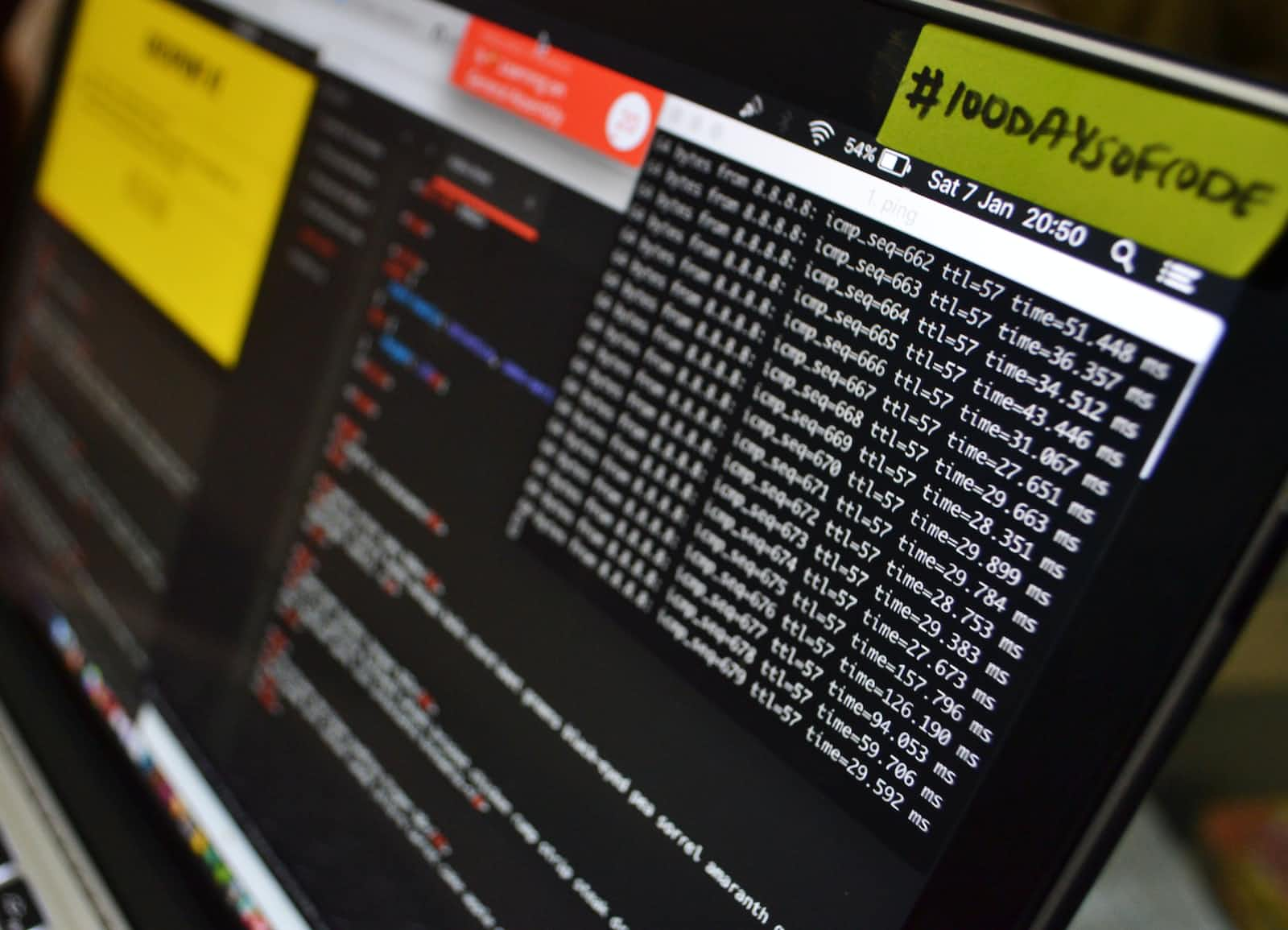Mastering Binary Exploitation: A Dive into Cybersecurity
 ghouti_yelles
ghouti_yelles
In the ever-evolving landscape of cybersecurity, mastering binary exploitation is a critical skill. It's the art of identifying and exploiting vulnerabilities in compiled software programs, a skill often used by both ethical hackers and malicious actors. In this blog post, we'll explore the fascinating world of binary exploitation, from the basics to advanced techniques.
Understanding the Basics:
Binary exploitation begins with a solid understanding of computer architecture, assembly language, and memory management. Here are some fundamental concepts to grasp:
Computer Architecture: Learn about CPU, memory, registers, and data flow within a computer system.
Assembly Language: Study assembly programming for your chosen architecture (e.g., x86, ARM). It's the bridge between high-level code and machine code.
Operating Systems: Understand how OSes manage processes, memory, and system calls.

Common Vulnerabilities:
Before diving into exploitation techniques, you should be familiar with common vulnerabilities like buffer overflows, format string vulnerabilities, and heap overflows. These vulnerabilities are often the entry points for exploitation.
Exploitation Techniques:
Buffer Overflows: Exploit programs that don't properly handle user input, causing them to write data beyond allocated buffers.
Return-Oriented Programming (ROP): Create chains of return addresses to execute arbitrary code.
Shellcoding: Craft payloads that open command shells or provide backdoor access.
Format String Attacks: Manipulate format strings to read/write memory.
Tools of the Trade:
GDB (GNU Debugger): Debug and analyze binary code.
IDA Pro, Binary Ninja, Ghidra: Reverse engineering tools for disassembling and analyzing binaries.
Pwntools: A Python library for binary exploitation.
ROPgadget: Find and extract ROP gadgets from binaries.
Capture The Flag (CTF) Challenges:
Participating in CTFs is a practical way to hone your skills. These challenges often involve binary exploitation tasks of varying difficulty levels.
Ethical Considerations:
Always follow ethical guidelines and legal boundaries when practicing binary exploitation. It should only be used for legitimate security research or educational purposes.
Conclusion:
Binary exploitation is a fascinating and essential field in cybersecurity. Whether you're aspiring to become a penetration tester, reverse engineer, or just curious about the inner workings of software, mastering binary exploitation opens doors to a world of knowledge and opportunities in the realm of cybersecurity.
In future blog posts, we'll delve deeper into specific exploitation techniques and real-world examples. Stay tuned for more insights into this exciting field!
Subscribe to my newsletter
Read articles from ghouti_yelles directly inside your inbox. Subscribe to the newsletter, and don't miss out.
Written by
